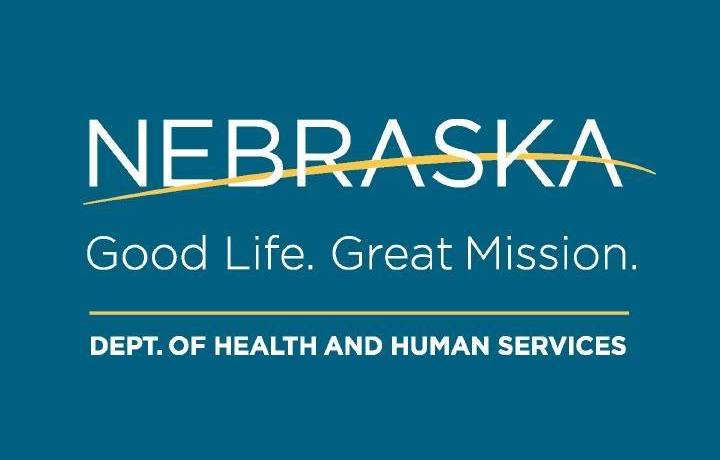![]()

Lead poisoning is considered one of the most preventable environmental threats affecting young children across the United States and in Nebraska. The Nebraska Department of Health and Human Services recognizes National Lead Poisoning Prevention Week from October 20-26. DHHS encourages parents and caregivers, families, and public health partners to take action to keep Nebraska children safe by preventing lead poisoning.
In 2023, approximately 34,669 Nebraska children were tested for lead in their blood. About 689 (2%) of children tested were confirmed to have a blood lead level at or above the Centers for Disease Control and Prevention’s (CDC) reference value of 3.5 micrograms per deciliter (µg/dL). A blood lead test is the best way to determine if a child has lead poisoning.
“Even relatively low levels of lead exposure can impair a child’s cognitive development,” said Charity Menefee, DHHS Division of Public Health Director. “It is vital for all Nebraskans to take action to reduce exposure to lead in our environments and ensure the safety and well-being of our youngest community members by testing for lead.”
A new resource for Nebraska families is the Does My Child Need A Blood Lead Test website. This interactive map shows the blood lead testing recommendations for areas of the state with higher case rates of lead poisoning by zip code. The website also provides the steps for parents and caregivers to decide if a blood lead test is needed.
Children with elevated blood lead levels can experience delayed growth and development, damage to the brain and nervous system, and learning and behavior problems. Lead can be found inside and outside the home. The most common cause of lead poisoning in Nebraska is lead-based paint which was used in many homes built before 1978. Approximately 22% of Nebraska homes have the potential for elevated lead risk due to the age of the house.
National Lead Poisoning Prevention Week is a joint effort between federal agencies, community organizations, and state and local governments. The goal is to raise local awareness about the danger of lead exposure and poisoning, educate parents and communities on how to reduce exposure to lead in the environment, prevent its serious health effects, and learn about the importance of testing children for lead. The three key messages are:
- Get the Facts:
- Children and adults can get lead into their bodies in several ways: breathing in lead dust from building renovations, repairs, and painting or from lead being brought into the home on work clothes and shoes, swallowing lead dust, eating paint chips, and drinking water in homes that have lead pipes, faucets, and fixtures. Lead poisoning can also occur from exposure to consumer products such as toys, cosmetics, and cookware. Additionally, there are emerging risks from imported spices and other food products.
- Get Your Child Tested:
- Act early to get your child tested for lead. A simple blood test can detect lead. Talk to your child’s healthcare provider for advice on blood lead testing. Blood lead tests are recommended for all children between the ages of 12 and 24 months and up to six years of age, if not previously tested.
- Get Your Home Tested:
- If you live in a house that was built before 1978, there’s a chance that lead may be present. Lead-based paint is especially hazardous in areas where paint is chipping or peeling, especially near windows, porches, and soil next to the house. You can get your home tested for lead-based paint. A certified inspector or risk assessor can be hired to check your home for lead-based paint hazards.
For more information about lead and helpful prevention tips, visit https://leadsafe.ne.gov/ or https://dhhs.ne.gov/pages/lead.aspx.
Explore the interactive map at https://dhhs.ne.gov/childleadtest.
